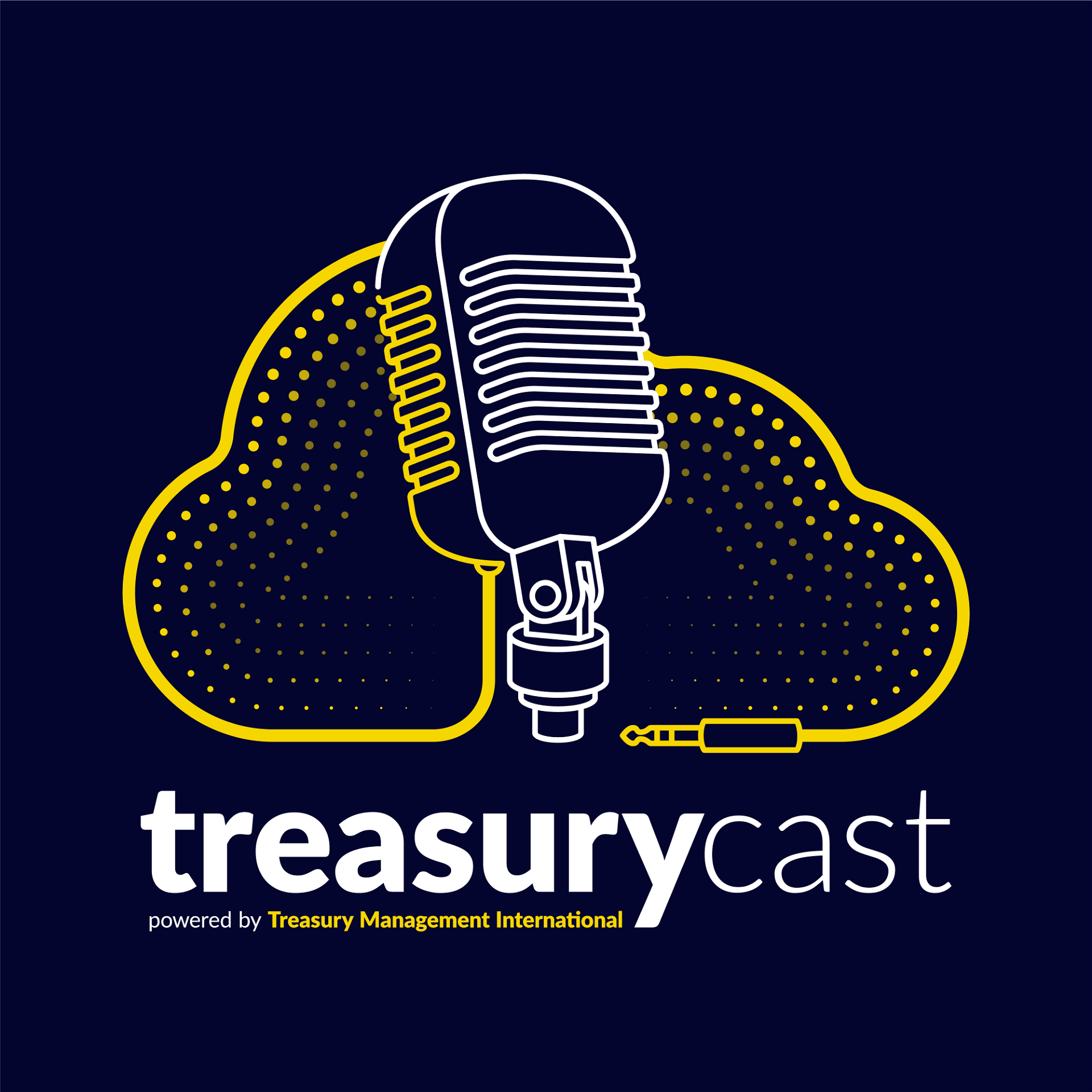New York, NY – Cashforce has announced the development of its next generation AI Powered Cash Forecasting module, offering accurate forecasting for CFO’s & treasurers struggling to gain better cash visibility and forecasting accuracy. Originally part of a project of the AFTE (French Association of Corporate Treasurers) to disrupt various aspects of treasury, Cashforce got involved to explore how Artificial Intelligence could improve the cash forecasting process. For the initial proof of concept, Cashforce worked closely with a large, globally operating corporate to make this a reality using their financial data.
“While our platform is already globally recognized for providing accurate cash forecasts, we keep on exploring how we can further improve our view on the future. By including A.I. into the mix, we will provide both the CFO, Finance and Treasury departments with even more accurate, efficient and best-in-class cash flow analytics and cash forecasting solutions along with a single version of the truth” commented Nicolas Christiaen, CEO Cashforce.
As an example, Cashforce’s ‘Buffer-algorithm’ will back-test its current Cash flow forecasting model and re-apply these results onto the current model. In addition to the application of smart logic such as customer & vendor payment behavior, this will result in much more accurate forecasts. Companies will be better able to predict the cash outcomes and avoid surprises.
Mark O’Toole, Head of Cashforce for the Americas, commented “By including a feedback loop into the forecast algorithm, Cashforce is able to accurately predict customer payment behavior, unexpected invoices, growth, seasonality and the like.”
After this first release, Cashforce is already working on a next version of the A.I.-driven forecast, by looking at more complex patterns. Several methodologies are currently being explored, ranging from basic methods such as time-series to more complex concepts such as deep-learning and neural networks.




